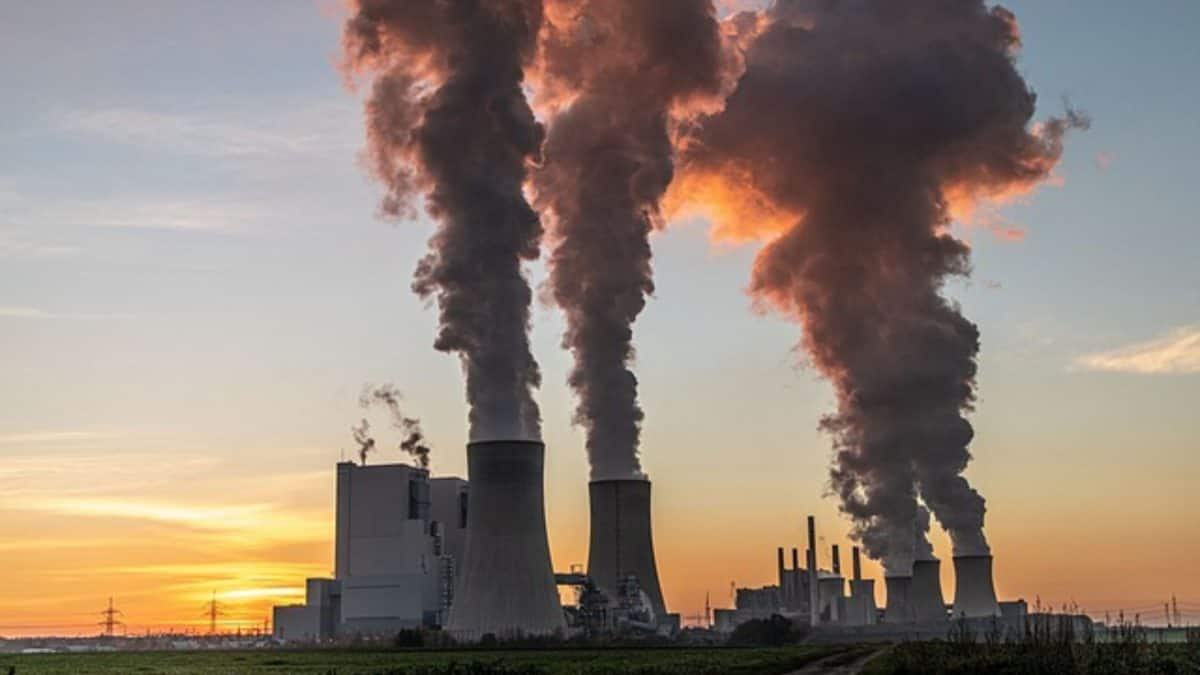Bubble tea is a favourite among the young ones. But this bubble is about to be burst!
A new report has revealed that the Instagram-worthy beverage, which has gained popularity worldwide, is not as safe as one thinks and could be a cause of concern.
An investigation by Consumer Reports, an American non-profit, revealed high lead levels in some bubble tea products in the United States. And that’s not it; the tapioca pearls in beverage also pose other risks beyond contamination.
Here’s what we found out.
There’s lead in your bubble tea
A Consumer Reports study found that bubble tea, also known as boba, with its chewy pearls has high amounts of lead.
For the unknown, bubble tea, which contains tapioca pearls, is made from cassava, a root vegetable. And as lead is found in the crust of the Earth, there’s significant lead contamination in the beverage, which has become the choice of many young ones.
The study tested the pearls from bubble teas at two popular chains, Gong Cha and Kung Fu Tea, as well as two packaged boba products from Trader Joe’s and WuFuYuan and discovered that every sample contained lead.
James E Rogers, PhD, director of food safety research and testing at CR, said in a statement, “These levels weren’t so high that we’d tell people to completely avoid bubble tea. However, while this wasn’t a comprehensive look at the boba and bubble tea market, the fact that three out of the four boba samples contained more than 50 per cent of our level of concern for lead in one serving is a good reason to treat it as an occasional treat, not an everyday staple.”
There is no single limit on lead levels, but America’s Food and Drug Administration’s (FDA) has a reference level of 12.5 microgrammes a day for adults, 8.8 for women of childbearing age, and 2.2 for children.
Health experts point out that no amount of lead exposure is good for the human body. In fact, Dr Lisa Patel, a clinical associate professor of paediatrics at Stanford School of Medicine, told SFChronicle that lead is especially harmful during pregnancy and in young children, as it can have detrimental effects on a developing brain and nervous system, as well as on their overall health.
But despite this, most food items have been found to have traces of lead. For instance, a recent analysis found elevated lead levels in protein powders, chocolate, spices, and various food products made with cassava. Root vegetables like cassava naturally absorb what’s in the soil, which includes lead if it’s present.
How healthy is boba
Apart from the possible lead present in boba, health experts also point out the other risks of drinking too much of bubble tea.
As a result of the starchy composition of the tapioca pearls used in boba, it could result in a condition known as gastroparesis — wherein the stomach empties food too slowly, causing symptoms like nausea, vomiting, and a feeling of fullness. Even guar gum — a thickener often added to bubble tea and harmless in small amounts – can lead to constipation if you drink it often.
There are also studies that find that drinking bubble tea in excess can affect the kidney’s health. Studies have found that regular drinking of bubble tea can contribute to kidney stone formation. For example, in Taiwan, in 2023, doctors removed over 300 kidney stones from a 20-year-old woman who’d been drinking bubble tea instead of water.
One also can’t ignore the fact that bubble tea contains large amounts of sugar. Most bubble teas contain 20–50 grammes of sugar, comparable to or exceeding a can of Coca-Cola (35 g). Research in Taiwan found that by age nine, children who regularly consumed bubble tea were 1.7 times more likely to have cavities in their permanent teeth.
The high sugar levels can also contribute to the likelihood of developing Type 2 diabetes, obesity and metabolic disease.
Boba’s bubbling popularity
But despite the health risks associated with bubble tea, it seems to be a popular choice for millions.
The drink, which began in Taiwan in the 1980s, has become the preferred choice for many across the globe. In fact, the global market for bubble tea was $2.63 billion in 2024 and is projected to reach $4.78 billion by 2032, according to Fortune Business Insights.
In the US alone, the number of boba cafes have skyrocketed almost 50 per cent over the last few years. In China, there are now an estimated half a million bubble tea shops in China. What is even more interesting is that boba found success even at a time when China’s economy is slowing and consumers are tightening their belts. In India too, there’s a craze for bubble tea.
But what makes bubble tea so popular? Apart from influencers gushing about it on social media, the accessibility has made it the beverage choice for so many. Unlike Starbucks or specialty coffee, bubble tea doesn’t require equipment like a frother or coffee maker.
Additionally, its unique textures, diverse flavours, and customisable options have propelled its global fame.
Maybe it’s time you rethink your bubble tea intake — we aren’t saying stop bursting those bubbles, but perhaps not everyday.
With inputs from agencies


)

)
)
)
)
)
)
)
)



